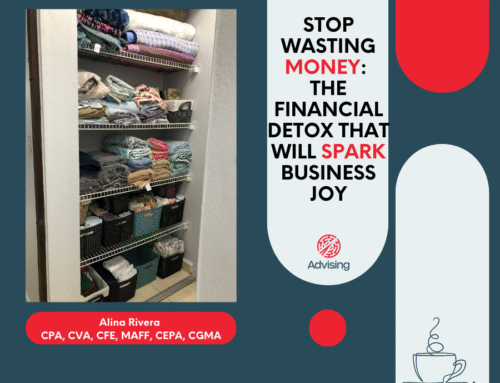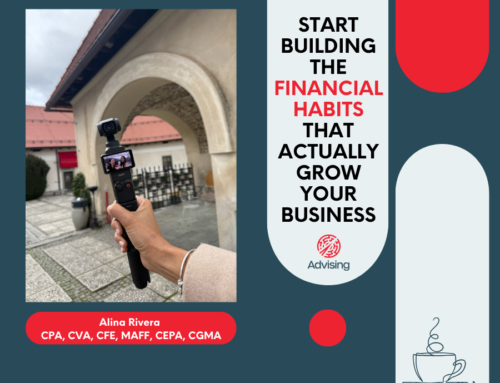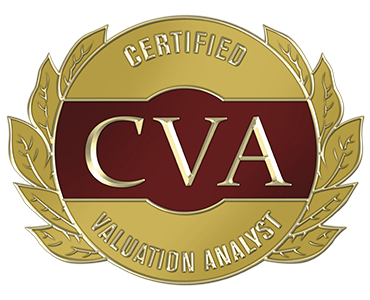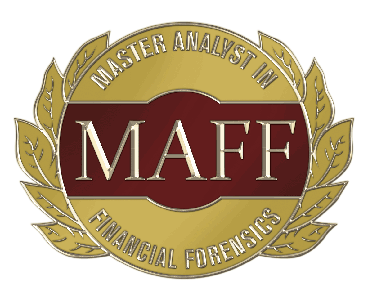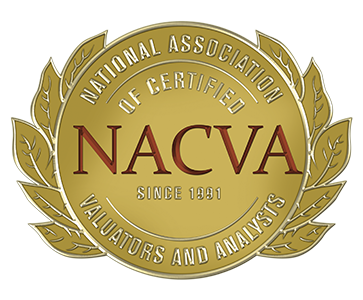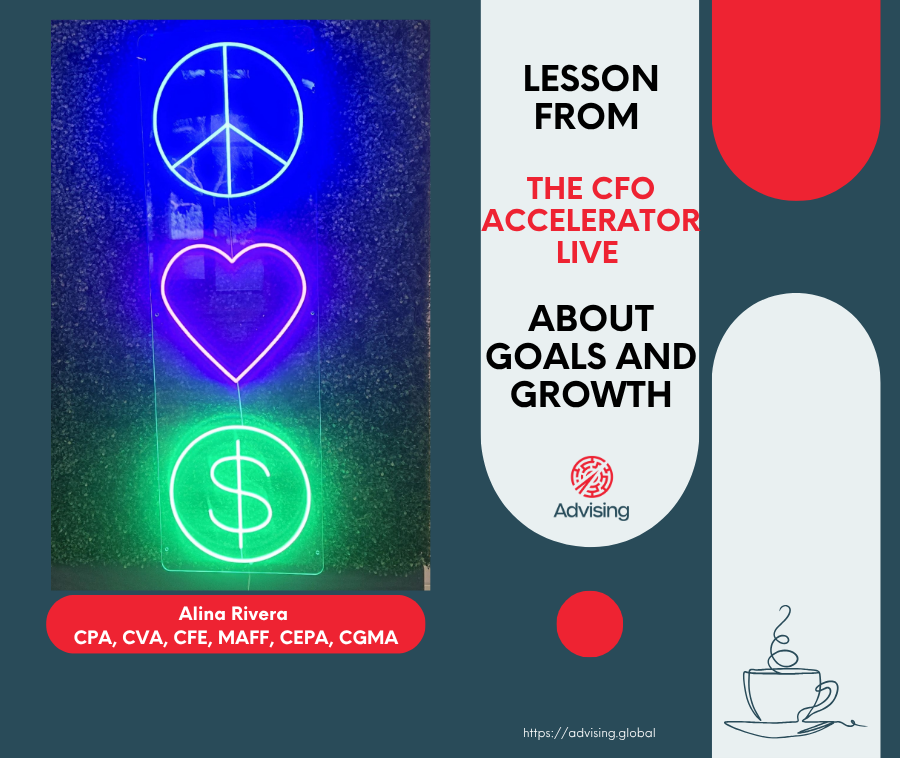
I recently attended The CFO Academy Live, where I got to have the kinds of conversations that remind me why I love this work, conversations with room full of smart, sharp, high-integrity Fractional CFOs.
But in all the strategy sessions, mini Masterminds, and side conversations, there was one recurring theme that came up again and again, not just when talking about clients, but even when talking about our own businesses:
It’s really hard to guide a business toward success if no one knows what success looks like.
We all say we want growth, freedom, or scale. But when you peel back the layers, most of us, yes, even the financial experts, are still trying to define what we actually want from the businesses we’re building.
So if you’re sitting there thinking, “I’m not totally sure either”, you’re not alone. But that’s exactly why this article matters. Because if you can’t articulate where you’re going, how do you expect someone like me to help you get there?
I’ve seen it over and over again with business owners, whether they’re bringing in $250K or $20 million in revenue, whether they’re a solopreneur or leading a team of 200. When I ask, “What do you want from this business?” I often get one of three answers: a pause, a vague idea, or a well-intentioned ramble that never actually lands.
They say they want to grow, scale, exit, or have more freedom. And I get that. I want those things too. But saying it out loud doesn’t mean you’ve defined it, and if it’s not defined, I can’t build a financial strategy around it. Because as I told someone at the conference, “I can help you steer the ship, but I need to know where you’re trying to dock.” You can’t scale what you can’t articulate. And no, saying “more” doesn’t count.
One of the biggest mistakes I see (and yes, I’ve made too) is assuming that clarity will come with time. That if we just keep working, selling, growing, something will click. But businesses don’t reach their next level by accident. They get there because someone took the time to sit down, write down the vision, and decide what success looks like in real terms.
That doesn’t mean you need a 40-page business plan with color-coded tabs and buzzwords no one will read. It means you need a document, yes, a real document that says:
- What you’re building
- Why you’re building it
- What it looks like when it’s “working”
- And what kind of life that business is meant to support
Because when you don’t define your goals in writing, your pricing isn’t aligned with your long-term strategy, your hiring is reactive instead of intentional, your margins start to suffer. And worst of all? You lose the ability to know if you’re making progress or just moving in circles. This isn’t a personality flaw, it’s a systems gap. And that gap is costing you money.
Having your goals in writing doesn’t just help you, it helps your team, your leadership, your CFO, your accountant, your coach, your right-hand person who’s just trying to make the Monday meeting make sense.
I can’t make decisions for your business if I don’t know what those decisions are supposed to serve. I can tell you how to manage cash, how to adjust your cost structure, or how to improve profitability, but if you haven’t told me whether this business is a legacy, a steppingstone, or a short-term exit play, then we’re all just guessing.
You wouldn’t build a house without a blueprint. So why are you running a business without one?
My Cafecito-Sized Takeaway
If you don’t know where you’re going, don’t be surprised when you end up somewhere you didn’t want to be.
Your goals can’t live in your head. They need to be written down, reviewed regularly, and communicated to the people helping you build. Because if you’re serious about growth, having a written plan isn’t optional. Direction isn’t optional. And figuring it out as you go? That’s a great way to stay busy and broke.
So pour the cafecito.
Open the doc.
And write the plan.
Even if it’s messy. Even if it’s evolving.
Because if you don’t claim your destination, don’t expect anyone else to help you get there.

